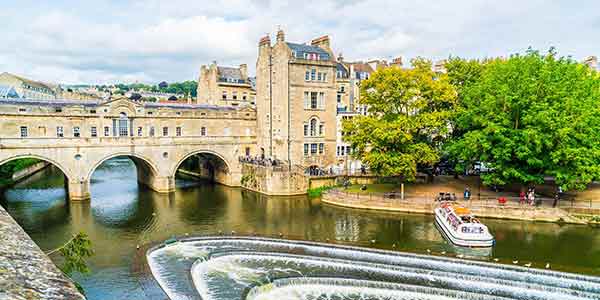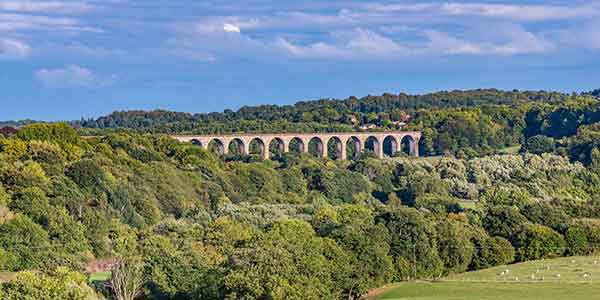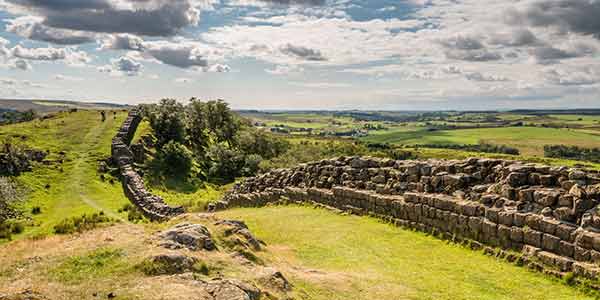
WH:UK Learning and Engagement Network
The network is a place to share knowledge, best practice, resources, and exchange ideas between the communities and organisations operating within World Heritage sites of the UK. The network facilitates collaboration, partnerships, peer support and provide the opportunity to demonstrate the value and worth of learning and engagement.
The network is free to join (you do not need to be a member of WH:UK), and open to any person interested or involved in working with learning or engagement activities and World Heritage.
The group meets twice a year and aspires to hold an annual meet up once a year. It is hosted via Zoom.
Meeting dates:
Notes from the meeting December 11th 2020
Next Meeting Date: TBC
Group information
Terms of Reference for WHLEN.
Original YAMS brief for WHLEN.
To join this group, please contact us, or contact WH:UK.
Find a site
Our Sites
Blaenavon
Blaenavon Industrial Landscape was inscribed as a World Heritage Site by UNESCO in 2000. UNESCO recognised that “The area around Blaenavon bears eloquent and exceptional testimony to the pre-eminence of South Wales as the World’s major producer of iron and coal in the nineteenth century.
Bath
UNESCO added The City of Bath as a ‘cultural site’ to its World Heritage List in 1987. Bath is included because of its Roman Remains, 18th Century Architecture, 18th Century Town Planning, Social Setting, Hot Springs and Landscape Setting.
Pontcysyllte
Pontcysyllte Aqueduct and canal consists of a continuous group of civil engineering features from the heroic phase of transport improvements during the British Industrial Revolution. The canal brought water borne transport from the English lowlands into the rugged terrain of the Welsh uplands, using innovative techniques to cross two major river valleys and the ridge between them.
Giants Causeway
The Giants Causeway and Coastline is a spectacular area of global geological importance on the sea coast at the edge of the Antrim plateau in Northern Ireland. The most characteristic and unique feature of the site is the exposure of some 40,000 large, regularly shaped polygonal columns of basalt in perfect horizontal sections, forming a pavement.
Hadrian’s Wall
Hadrian’s Wall is an exceptional example of a linear Roman frontier, encompassing an extensive archaeological landscape which reflects the way resources were deployed in the north western part of the Roman Empire and which displays the unifying character of the Roman Empire, through its common culture.






